The City of London has many beautiful churches, and a few ruins. ‘The Friends of the City Churches’ is an architectural heritage charity helping to open the churches for visitors – tourists, and those interested in the buildings as well as those looking for a few moments of quiet peace and prayer. Not all the churches are used solely for Christian worship (and concerts), one at least is used occasionally by a Muslim group and by various charities. A friend of mine was a ‘Watcher’ (responsible for opening the church when otherwise not in use and answering visitors questions) and she introduced me to the Friends and the churches they watch over. After touring around one thing occurred to me – while the general architecture was spectacular and that was what people generally photographed, the ceilings too were at least as spectacular.
I decided to go round the churches photographing the ceilings. Generally the church interior is quite dark, flash simply would not work unless there were a variety of flash sources providing even flat illumination, but the biggest problem was the contrast range – upwards of 12 stops. B&W could be coaxed into covering the range but would miss the colours and colour contrasts. The obvious route seemed to be blending multiple exposures taken from the same spot using a range of different exposure times. At the time I had a Canon 5D iii and coupled it with a 14mm lens to get the necessary field of view. One unexpected outcome of the final images, visible in the white areas of the ceilings of several of the images, is it is possible to easily see the path of the construction beams behind the plaster, as well as minor damage.
The ‘Friends’ watches over more than 50 churches, several of which are ruins, and I ended up photographing about about a third together with a couple of churches which are not watched over by the Friends – St Botolph and St Brides (supposedly the inspiration for tiered wedding cake design). The Friends are officially based in St Mary Abchurch which is an unusual church inside, but walking down the street outside without looking up you could easily think you are walking passed an old industrial warehouse. My favourite architecturally is St Dunstan in the West (not ‘in the East’ which is a ruin and a public garden). Rebuilt in 1831 the unusual octagonal design was by architect John Shaw and replaced an older church with the same name which dated back to around 1000CE, and further information can be found here: stdunstaninthewest.org/history.
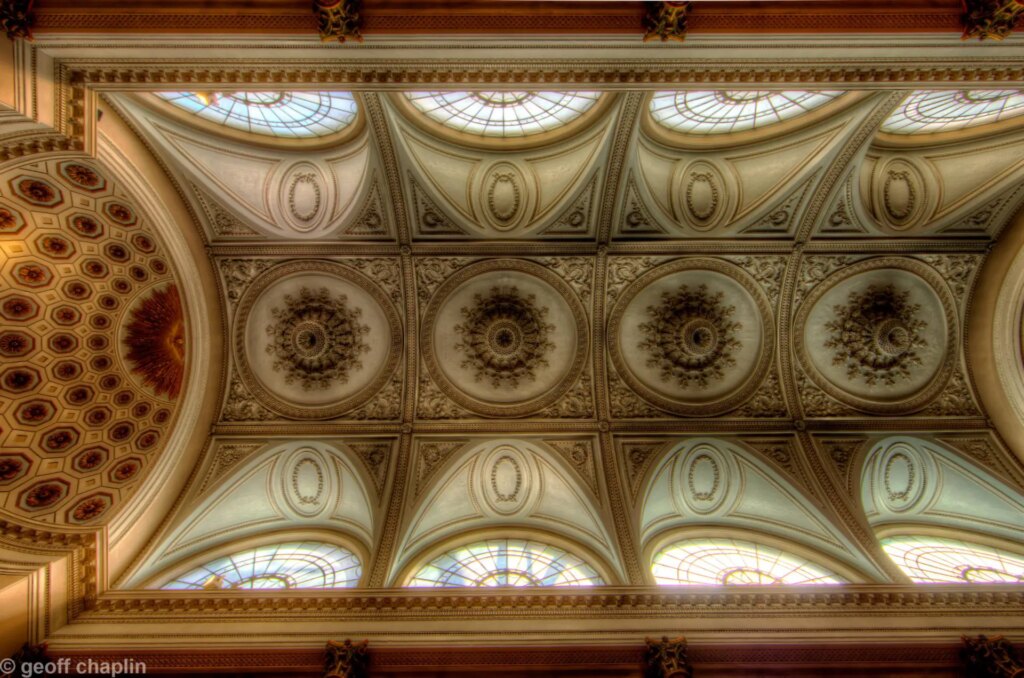
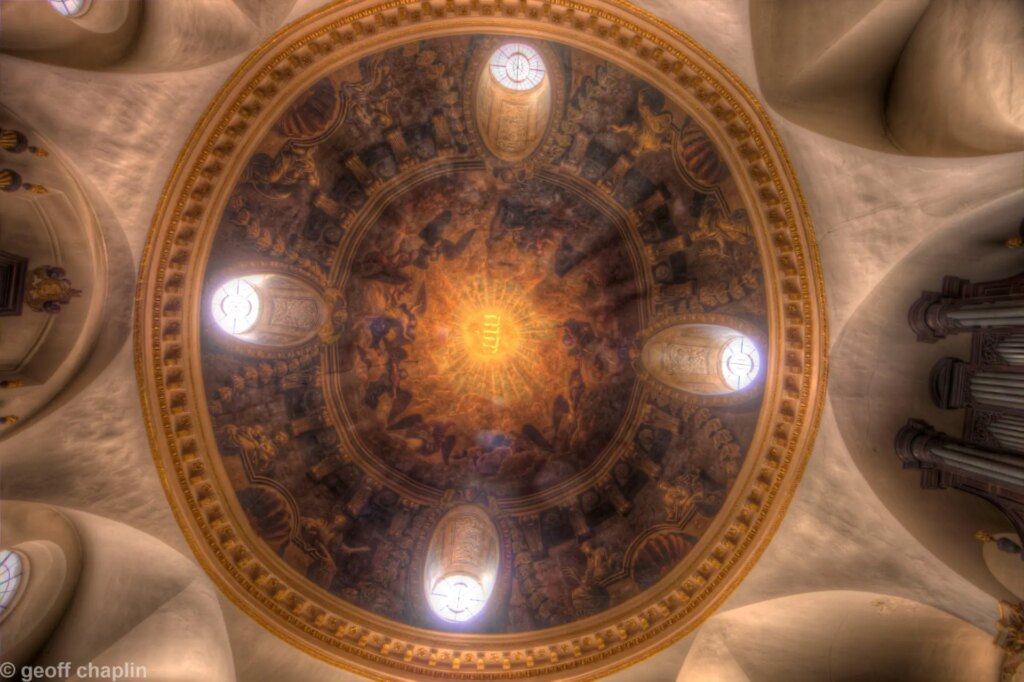
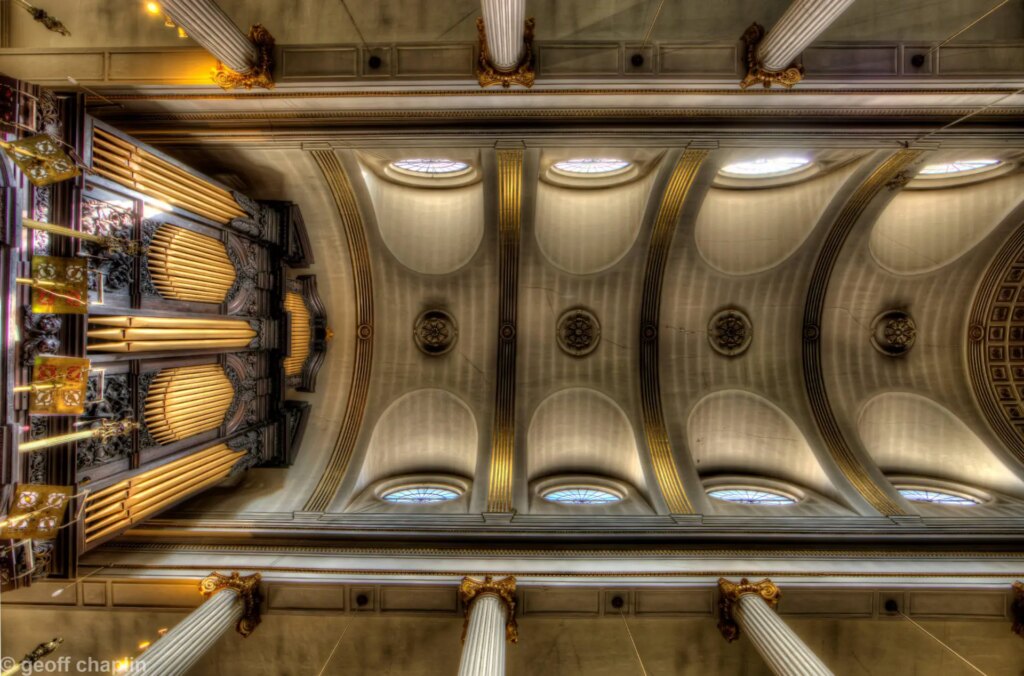
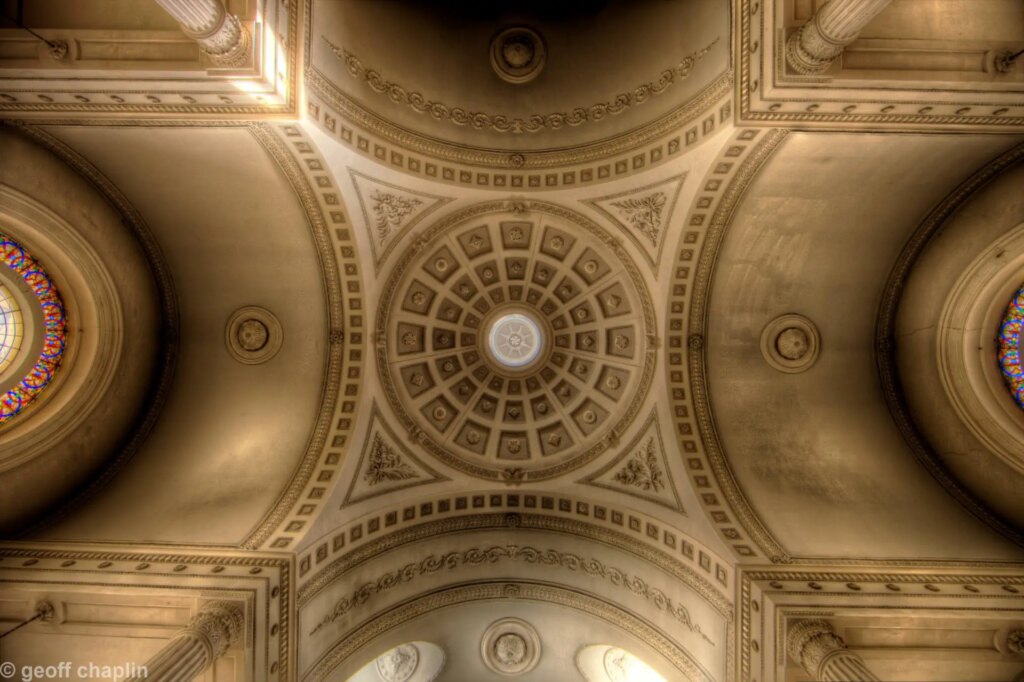
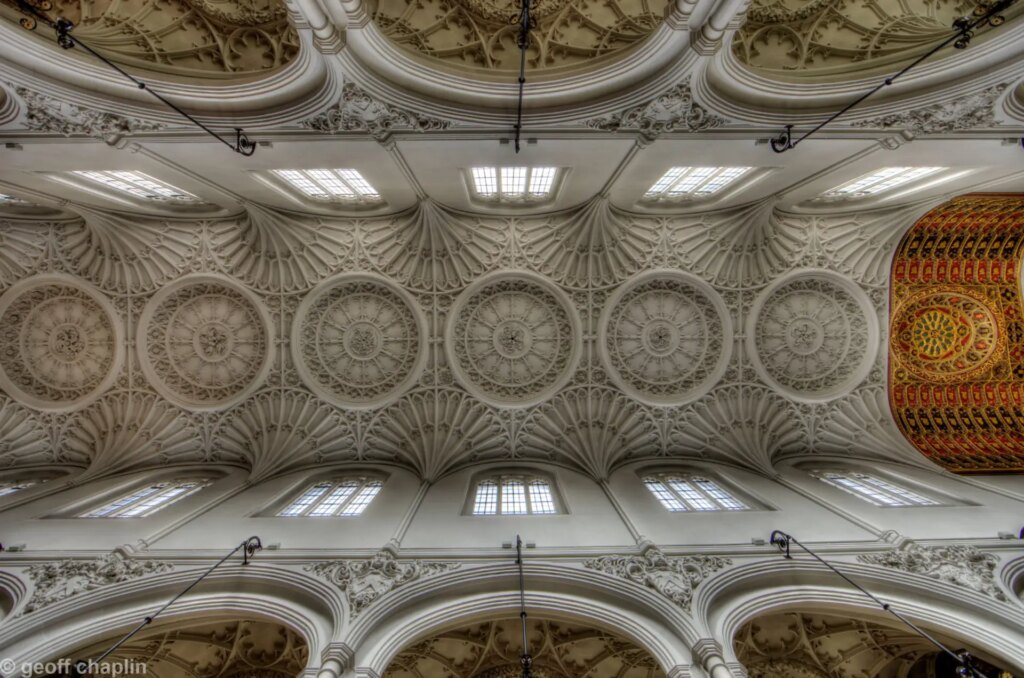
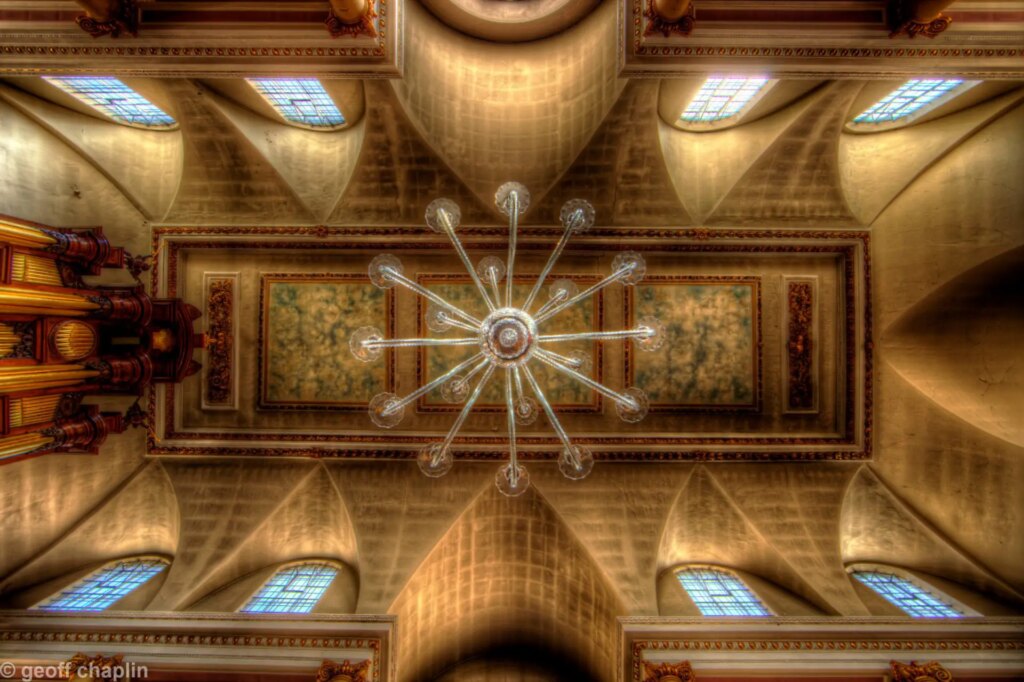
Further images can be seen on my website www.geoffgallery.net.
For more information about the Friends https://www.london-city-churches.org.uk/index.html.
Share this post:
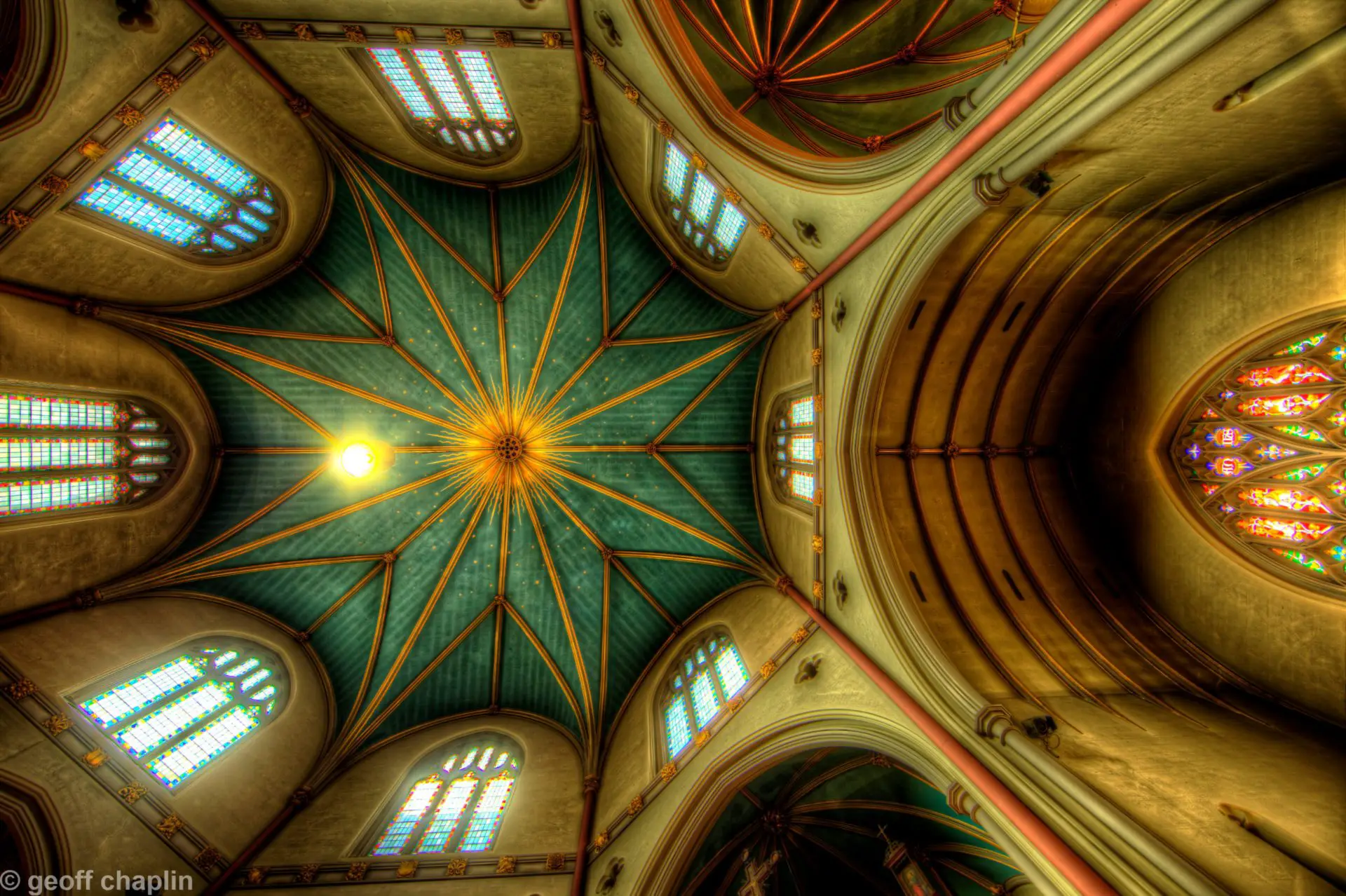



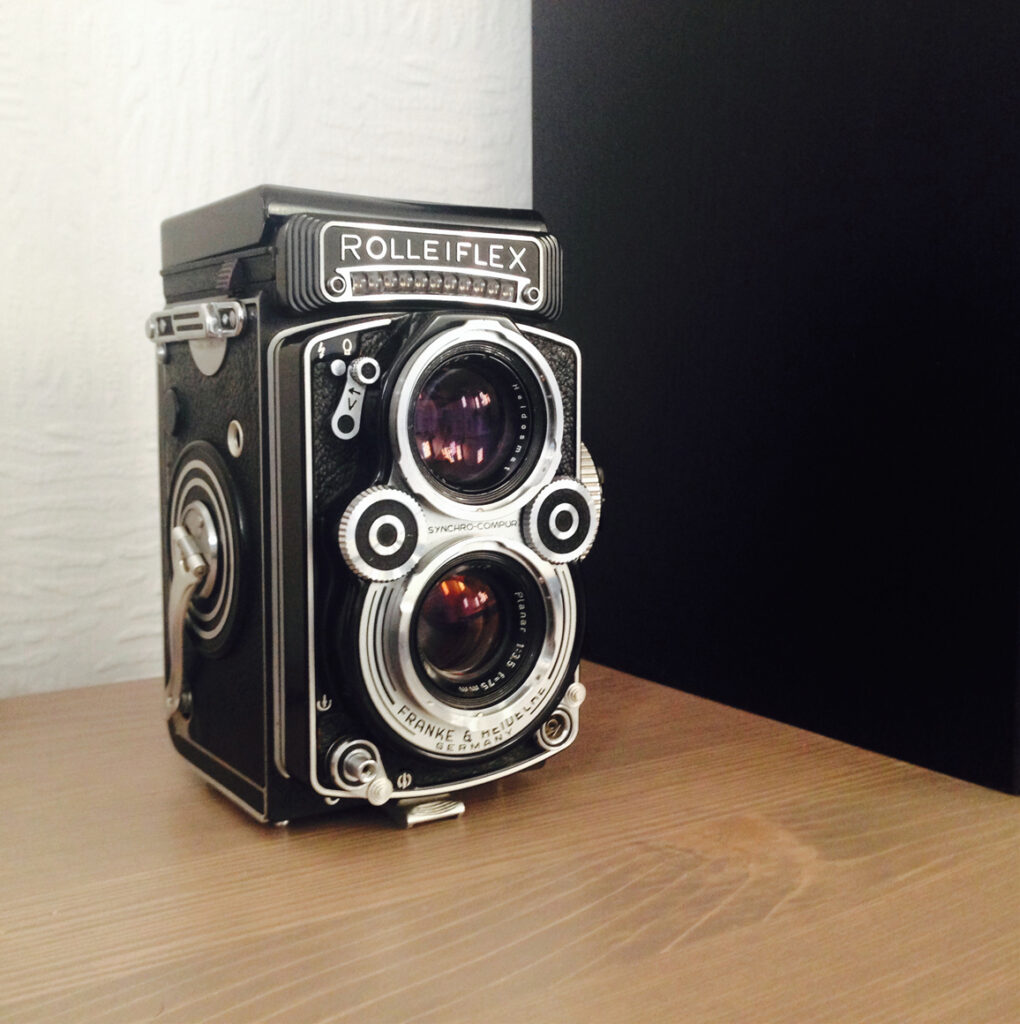




Comments
Dave Powell on Heavens Above
Comment posted: 18/04/2023
Comment posted: 18/04/2023
Anthony Bailey on Heavens Above
Comment posted: 19/04/2023
Comment posted: 19/04/2023
Bob Janes on Heavens Above
Comment posted: 19/04/2023
Not quite sure what processing has been done, but it is great - almost an Orton effect...
Comment posted: 19/04/2023